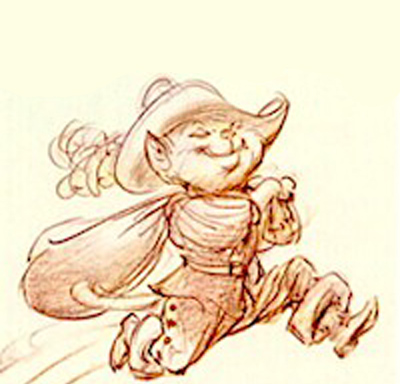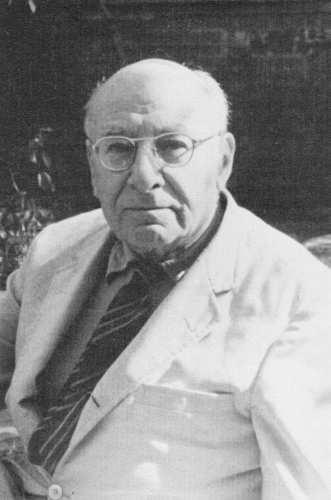Puss in Boots
From "Puss in Boots", Perrault
Bettelheim, points out that even in this fairy tale that differs a bit 'from the other as the hero guarantee success defrauding, important are the facts in themselves, because what matters is that in this case the hope that it offers is that even the most humble can do it.
Here I would like propose a reflection.
Referring to what I have argued above with respect to the changes that a culture can be affixed to the stories, I think that the interpretation of the same can vary not only from culture to culture, but also from moment to moment.
I spiego: I am deeply convinced that the historical moment that the West is going through and especially our country, is a good example of how culture can interfere and make it less clear and unambiguous the experiences and messages which it bears the fairy tale. In a country and a time when success is proposed as the sole bearer of goal and meaning of existence, in which the boundaries between the hero good and the bad (Mafioso) are extremely smooth to the point of making the mafia hero, here is that the positive value that could or should have instill confidence that they can succeed, falters.
In this story the main character is not an active part in its success, the cat does to him what he is not able to do. To get the result also not just scam the ogre or giant, but the threat of death the farmers if they did not follow his instructions: this attitude that in other contexts may be the background for the message of confidence in the success, in our context I think might otherwise lose its mythical characteristics and end on a concrete plan decidedly unproductive.
It, as is true, in the fairy tale the hero makes a discovery process that leads him to overcome the crisis situation to get out of it somehow "adult", in this fairy tale that does not seem to be, and somehow it is likely to follow in a negative stereotype of achieving success in vogue today in our society. The protagonist here seems to have no virtue, and rely totally and almost unconscious. I also believe that the need for the magic of the child, here can somehow fail for the reasons above.
Every fairy tale, however, is somewhat characterized by aspects most evident and precisely the reason why, beyond the concrete preference for a certain story rather than for another, children choose or refuse certain stories.
This is also proof that the fairy tale is able to take us there, in those depths where it is often difficult to reach by other means. The fiaba, So the myth, as suggested Franco Ferrara Pajno never represents something just happened in this place, but it is always able to explain the reality of this moment in this place. It helps us to establish the reality in which we live and making sure at the end of the story there is something inside of us that was not there before. Ferrara argues that the first mythical tales concern the attempt to make the real world, then follow those who make real its existence and then those on the everyday activities. For the past are paths within themselves.
The transition from the cosmogonies theogonies to end up looking within himself, therefore.
And do not Perhaps this is a metaphor for the individuation process?
The structure of the fairy tale that we had in mind when groups with children, can be schematized as follows:
Looking at this diagram, is easy to see that there are basic steps that characterize and distinguish precisely the fairy tale stories from other.
The steps that are fundamental believes Lafforgue four:
1. A situation of equilibrium initial.
2. An imbalance caused by an event modifying.
3. The result of the tests by the hero, sine qua non for the transformation.
4. Solution that mimics a situation of new balance.
Or so-called borderline psychotic children, show a different mode of allocation of roles; identify more easily with people who succumb puttosto that with the hero, to indicate the fragility of them I.
The story of the fairy tale within the therapeutic group is therefore the possibility for children to narrate, offering them the opportunity to get involved in an "indirect", that is mediated by the characters and the situations that the fairy tale offers. The goal, however, remains to get to the narration by children of their stories.




